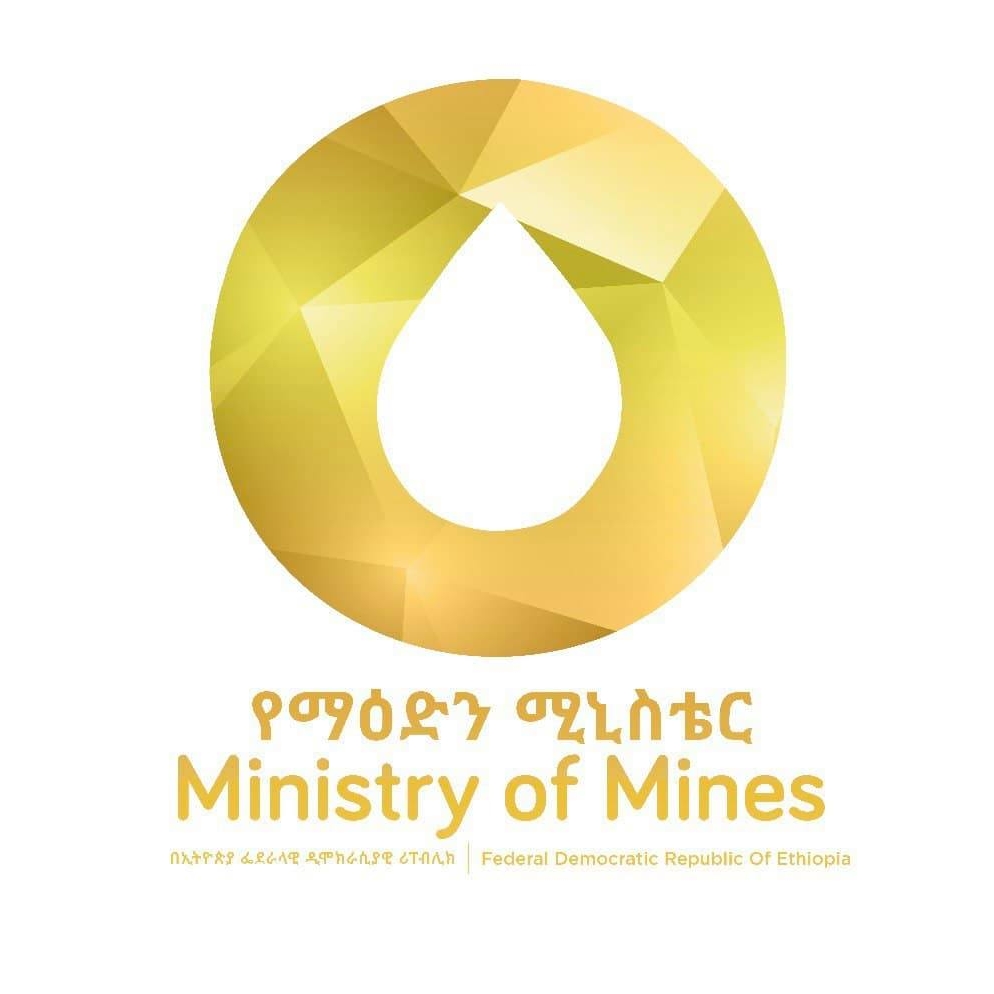A snapshot of Ethiopia's mining sector
On this page, you can learn more about Ethiopia’s mining sector, including an overview of its natural resources, mining’s current economic contribution, the reforms which are taking place, and who the key actors are.
Despite a long mining history, dating back more than a millennium, commercial and large scale mining is still in its early stages in Ethiopia. The mining industry is a sector with significant potential for the economy.
Ethiopia’s virtually untapped, diverse and vast mineral resources offer huge potential opportunities for exploration and development. These include tantalum, potash, gemstones, gold, iron ore and various industrial, energy and construction minerals, and many more.
This potential coupled with improving government policies and regulations means Ethiopia is fast becoming a destination of choice for international mining investors and developers.
Scroll down to see more data about the sector’s current contribution to Ethiopia’s exports, GDP, revenue and employment numbers, sourced from EITI data.
to exports
to GDP
to government revenue
jobs
Traditionally a gold producing nation, Ethiopia has seen an exponential increase in industrial mineral production in recent years:
| Indicator | 2017/18 | 2018/19 | 2019/20 |
|---|---|---|---|
| Annual mineral revenue (in million birr) | 434.531 | 323.768 | 407.519 |
| Number of investors licensed on mineral exploration and production | 18 | 24 | 34 |
| Revenue generated from mineral investment (million birr) | -- | 3.088 | 0.849 |
| Export earnings generated from gold, tantalum, and other gemstones (million USD) (ASM and Companies) | 133.568 | 48.938 | 209.738 |
| Gold production (kg) | 2,925.34 | 853.149 | 3,299.26 |
| Limestone (tonnes) | 10,896,331.82 | 6,755,309.00 | 4,904,155.38 |
| Gypsum (tonnes) | 253,165.11 | 56,313.00 | 107,070.0 |
The Ministry of Mines and Petroleum has prioritised the development of Industrial Minerals, Construction Minerals, Gold, Potash and Gemstones.
For detailed geological profiles and maps of Ethiopia’s mineral potential, visit our Natural Resources page.
Reforming the mining sector
The Government of Ethiopia has set out a clear “Pathway to Prosperity” through its newest Home-Grown Economic Reform Agenda, enabling Ethiopia to reach the status of a middle-income country by 2030.
Considerable progress has already been made. Double digit growth and over six-fold increase per capita during 2004-18 led to a 15 percentage points decline in the rate of poverty in Ethiopia (poverty headcount ratio of 39% of the population in 2004 to 24% of the population in 2018).
A vital part of this ambitious agenda for the country is encouraging private sector investment, streamlining bureaucratic and regulatory procedures, updating policies, and building institutional capacity. This is especially true of the mining sector, which is a priority area for the reforms.
Specific reforms for the mining sector that are currently underway are:
- Formalize and support artisanal and small-scale mining;
- Formalize and support artisanal and small-scale mining;
- Review gold pricing to reduce incentives for contraband trade;
- Address political and legal issues with local communities and incentivizing miners to engage and invest in local communities;
- Address technical and institutional barriers against large-scale mining projects;
- Develop policies and institutional capacities to create a sustainable and inclusive mining sector with strengthened geological information and diversified product base with industrial input focus.
Streamlining bureaucratic and regulatory procedures
An efficient, functioning, transparent and user-friendly system is vital to supporting mining investment. Ethiopia has recently introduced a digital mining cadastre system, the first of its kind in Africa, which handles all license applications and also provides users with vital mining-related information.
Users who have navigated to the Cadastre portal can click on licenses on the map to view detailed information, or use the search functionality to search by license code, owner or license type. They can also engage directly and easily with the Ministry and regional mining authorities. It is an indispensable tool for any user wishing to apply for a mining license, pay royalties, submit environmental impact assessments, or check their health and safety compliance status.
High quality geodata
Several reforms in the Ministry of Mines and Petroleum and the Geological Survey of Ethiopia (GSE) are focussed on strengthening the generation and dissemination of geoscience data, which is so critical for mineral exploration and investment promotion.
The GSE already has a wealth of useful information available to any investor right now in its online GIS Portal. This includes:
- High quality geological maps at 1: 2000000 scale (100% complete)
- Ground Gravity maps at 1: 500000 scale (100% complete)
- Geoscience and hydro-geology maps at 1:250000 scale (100% complete)
- Engineering geology and geohazard mapping at 1: 250000 (50.54% complete as of end 2019)
- Airborne geophysics maps (30% complete as of end 2019)
- Mineral exploration maps at various scales.
In total there are over 5000 items in the GIS portal, all of them searchable.
Mandated governance of the mining sector
The Ministry of Mines and Petroleum (MoMP) is the first port of call for all investors interested in Ethiopia’s mining or petroleum sectors. This website directs you to the most up-to-date geodata available, guide you to the right legislation and regulations for your business, and help you apply for any licenses required.
